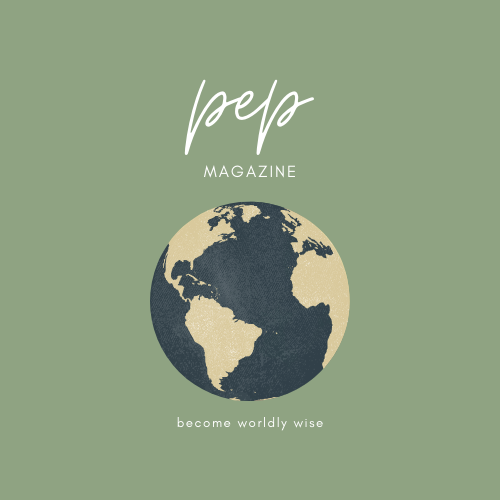Our Mission
PEP magazine features content for k-9 youth on politics, economics, and philosophy. The depictions on the magazine as well as the colors used have been specifically designed to combat implicit racial preference and gender preference in traditional content areas.
Goal One
Give more high school and university students the opportunity to write about pressing current issues, and educate younger individuals on the same.
Goal Two
Distribute the magazine and its contents to those in under resourced areas in developing nations and regions.
Goal Three
Allow all those who read the magazine to feel both represented and welcomed into politics, economics and philosophy.
Why did PEP begin in the first place? What was the catalyst behind this movement?
Here is a message from our founder, Siddharth Satish
We live in a gendered world, and I grew up in a gendered household. When I was young, I liked to paint. I would go out and buy construction paper, and take the okra from my fridge and cut it into tiny pieces, dip it in paint and make polka dots for my parents. It would have been fine if I was a girl, but since I was a boy, the conversations usually began with - “Nice, but polka dots are a girls-only thing.”
At the beginning of quarantine, as I saw the wave of social reform around me, I realized that I too needed to fight for what's right; and when I began this war, I knew I was not fighting alone.
PEP Magazine began as a way for me to change the social fabric and way of thinking. It was a part of my war against the gendered norms of society because when I became interested in the social sciences, I never saw someone like me in this field. I never saw a queer individual take action and become a guiding force. I never saw a POC come upfront and speak out publicly. Sure, there were a few here and there, but not enough to make me feel that I belonged, not enough so I could see myself working in this area. PEP is the first ever social sciences magazine that is gender androgynous. This means that there is no longer pink for girls and blue for boys, but instead a rainbow for everyone. We are also a racially representative magazine that includes POC in every single issue, and we help POC students see themselves in the social sciences. However, representation for just POC and the LGBTQ+ community is not enough. It is important that this representation reaches people regardless of their ability. Thus, we provide our magazine in the 6 official UN languages, and also provide audiobooks. So far, we have reached 100,000 readers through school partnerships and are expanding day by day.
More than anything, PEP is my way of saying, “who cares what society thinks?” I am a queer person of color who is interested in the social sciences, and guess what? My cover page is filled with polka dots.
Since its inception in March 2020, PEP has grown to a staff of over 50 people for each issue cycle, yielding 250 people who have already actively contributed to the magazine.
Our content has reached nearly 100,000 readers from 102 countries. PEP was also invited to present at the World Humanitarian Forum New York alongside the UN GA-75, and at the London World Humanitarian Forum on the main stage with Astra Zeneca and UNITAR. The PEP staff has had the privilege of speaking with leaders from the UK delegation to the Y7, G7 and Cop 26.
Our readership in various partner schools and organizations.
